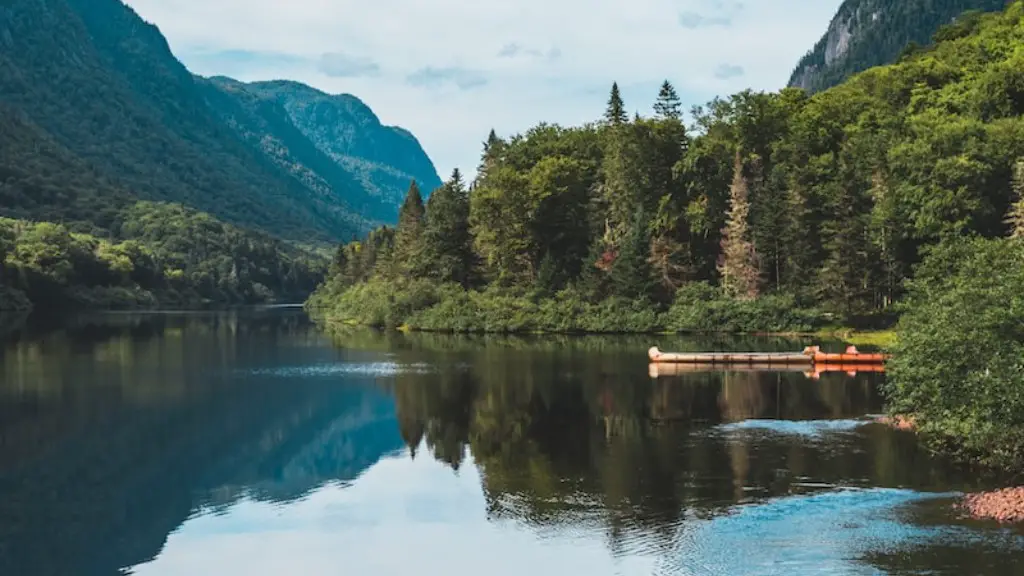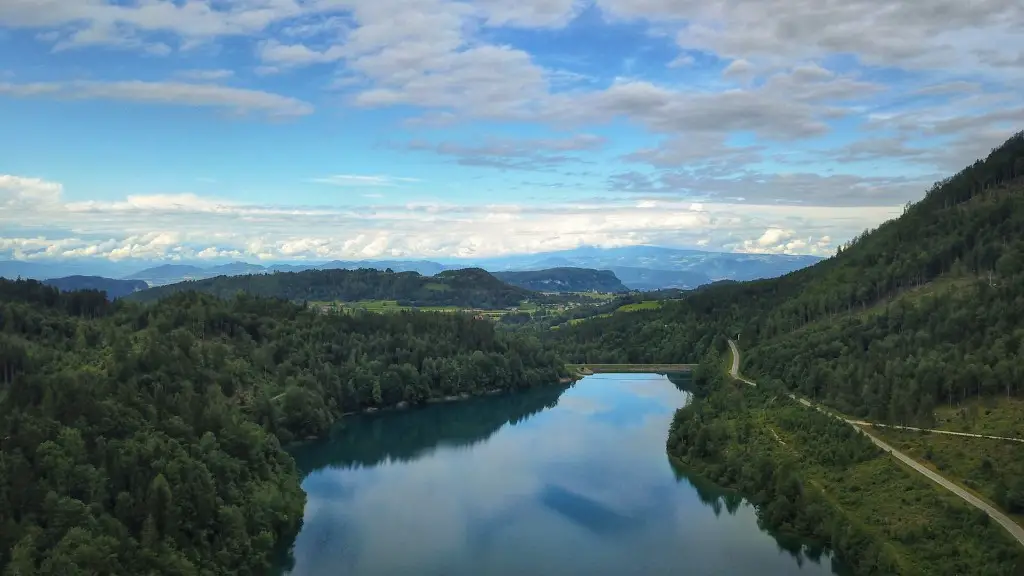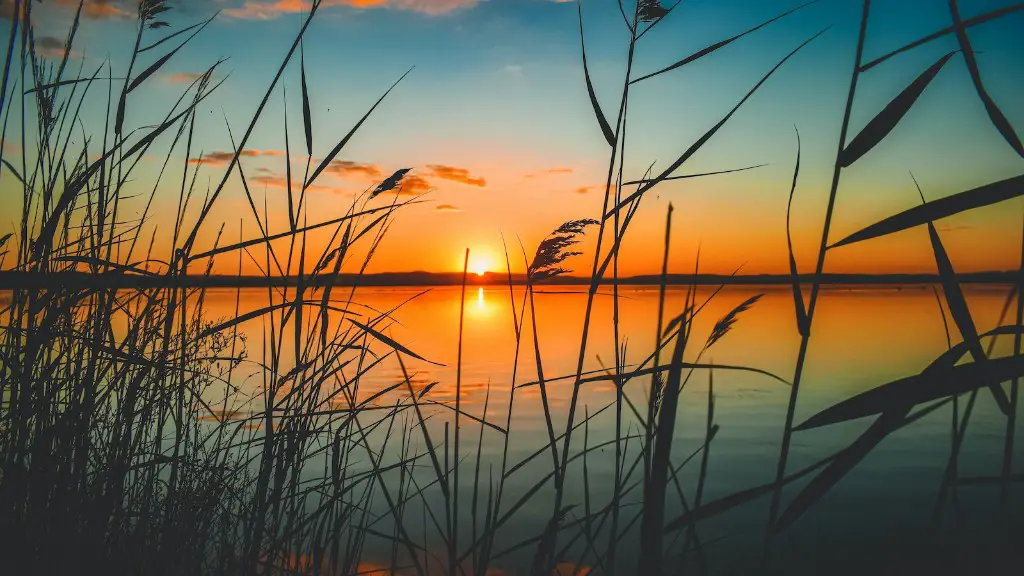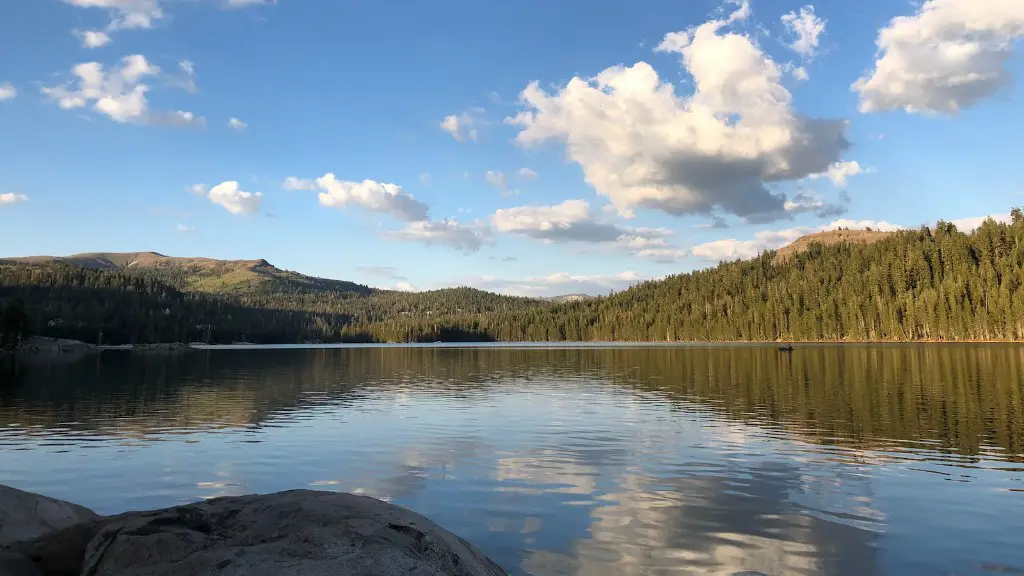Is The Water In Lake Michigan Safe To Swim In
Lake Michigan is one of the Great Lakes, the largest and most iconic natural attraction of the Midwest. From party boats to fishing boats, it’s a popular destination for recreation and sightseeing. But is the water in Lake Michigan safe to swim in?
The short answer is yes, the water in Lake Michigan is generally safe to swim in, but it comes with certain conditions. The lake has high concentrations of phosphorus and nitrogen, which can degrade the quality of the water if not managed properly. High levels of these nutrients can cause bacteria growth, which can make the water unsafe for swimming or other recreational activities. Additionally, outbreaks of toxic algal blooms can create a health risk for swimmers.
Fortunately, the Illinois Department of Natural Resources (IDNR) regularly monitors the water quality of Lake Michigan. The IDNR has established several criteria used to evaluate whether or not the lake is safe for swimming. The agency also collects data on temperature, pH levels, turbidity, and other water quality indicators. The data is then used to make informed decisions about water safety.
Furthermore, local governments, as well as public and private organizations, work together to improve water quality in the lake. After decades of neglect and pollution, much progress has been made in restoring Lake Michigan’s water quality. For example, invasive species like zebra mussels have been successful managed, which has had a positive effect on the lake’s ecosystem.
Being informed and aware of the lake’s condition is key to ensuring its safety. While Lake Michigan’s water is generally safe for swimming, precautions should always be taken. Before swimming, check with local authorities as to the current water quality. It’s also a good idea to stay away from areas that may be polluted, such as rivers or canals that empty into the lake.
Environmental Impact
Lake Michigan’s vast ecosystem supports a variety of aquatic life, including fish, plants, and waterfowl. It is a vital source of recreation and commerce for the Midwest. But the lake’s health is also in danger due to human activities, such as pollution and overconsumption of resources.
The introduction of nonnative species, runoff from agricultural areas, and urban runoff from roads and other sources all contribute to the decline of Lake Michigan’s water quality. Collective efforts to reduce pollution have had some positive effects, but much more needs to be done to ensure its long-term sustainability.
The good news, however, is that conservation efforts are underway to protect the lake and its wildlife. Such measures include limiting the amount of phosphorus and nitrogen allowed in local waters, controlling the introduction of nonnative species, and restoring natural habitats along the coast.
Despite the environmental challenges, Lake Michigan is still an important source of recreation and holds significant value to the local community. Working together, we can continue to improve the lake’s water quality and protect the Great Lakes for future generations.
State and Federal Governance
Lake Michigan is governed by both state and federal governments. The Great Lakes Compact is an agreement between the states of Illinois, Indiana, Michigan, Minnesota, New York, Ohio, Pennsylvania, and Wisconsin that sets requirements for protecting the lake. The agreement covers a wide range of topics, from water withdrawal limits to the management of invasive species.
The U.S. Environmental Protection Agency (EPA) is also involved in the protection of Lake Michigan. The agency administers the Clean Water Act and the Great Lakes Water Quality Agreement, which set standards for water quality and the prevention and control of pollution.
Recently, the EPA has taken steps to strengthen the protection of Lake Michigan by developing a comprehensive management plan. The plan will help regulate different activities, such as fishing and boating, that have the potential to affect the lake’s water quality and natural environment.
In addition, the federal government provides funding for research and monitoring programs for Lake Michigan. Various universities in the Midwest also have dedicated research centers, labs, and courses focused on Lake Michigan’s ecology and water quality.
What You Can Do
Though Lake Michigan’s water quality has improved over the years, there is still much to be done. Individuals, too, can be part of the solution. There are simple things you can do to help preserve the lake’s water quality.
First and foremost, reduce your use of chemicals and detergents, as they can lead to water pollution. Make sure to dispose of hazardous materials properly and recycle whenever you can. If you live near the lake, practice smart lawn care by using only organic fertilizers and pesticides.
You can also advocate for local government action. Learn about initiatives to protect Lake Michigan and share the information with your community. Consider joining a local conservation group and become involved in their efforts to protect the lake.
Finally, don’t forget the importance of everyday awareness. Educate yourself about the lake’s needs and help spread the word. The more people are aware of the lake’s condition and the risks of water pollution, the better informed the public will be and the more motivated to act.
Conclusion
The answer to the question “Is the water in Lake Michigan safe to swim in?” is generally yes. But there are some safety considerations to keep in mind. It is important to monitor local reports and follow the advice of authorities. With collective action, we can all play a part in preserving the lake’s water quality.




